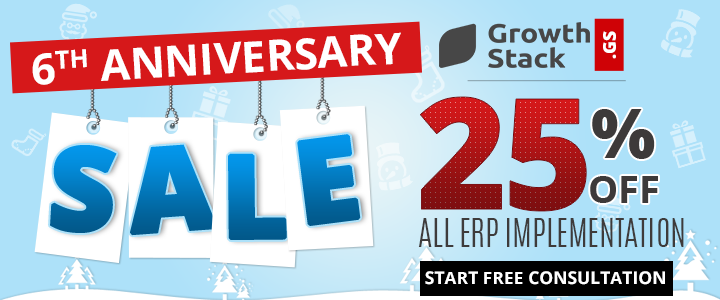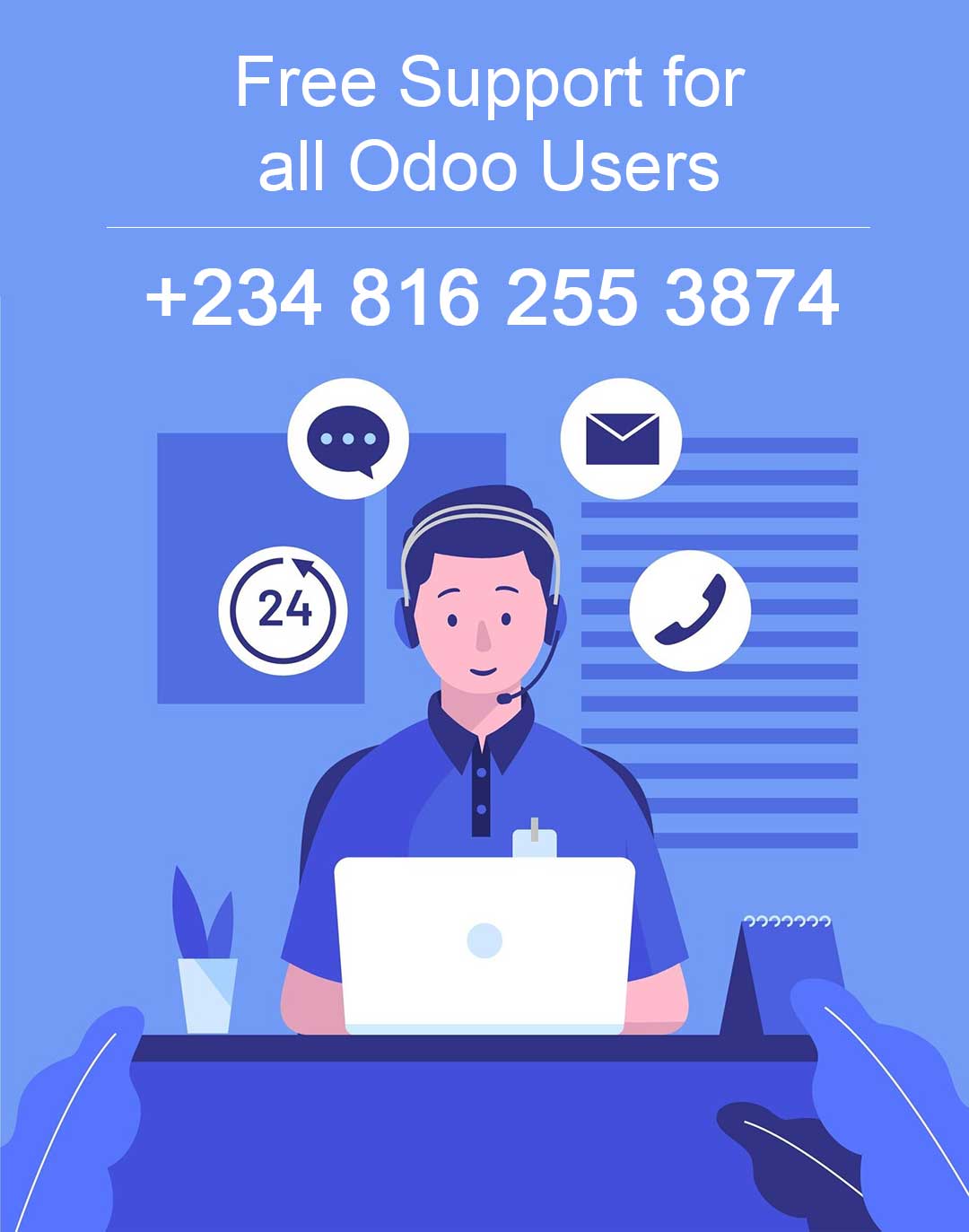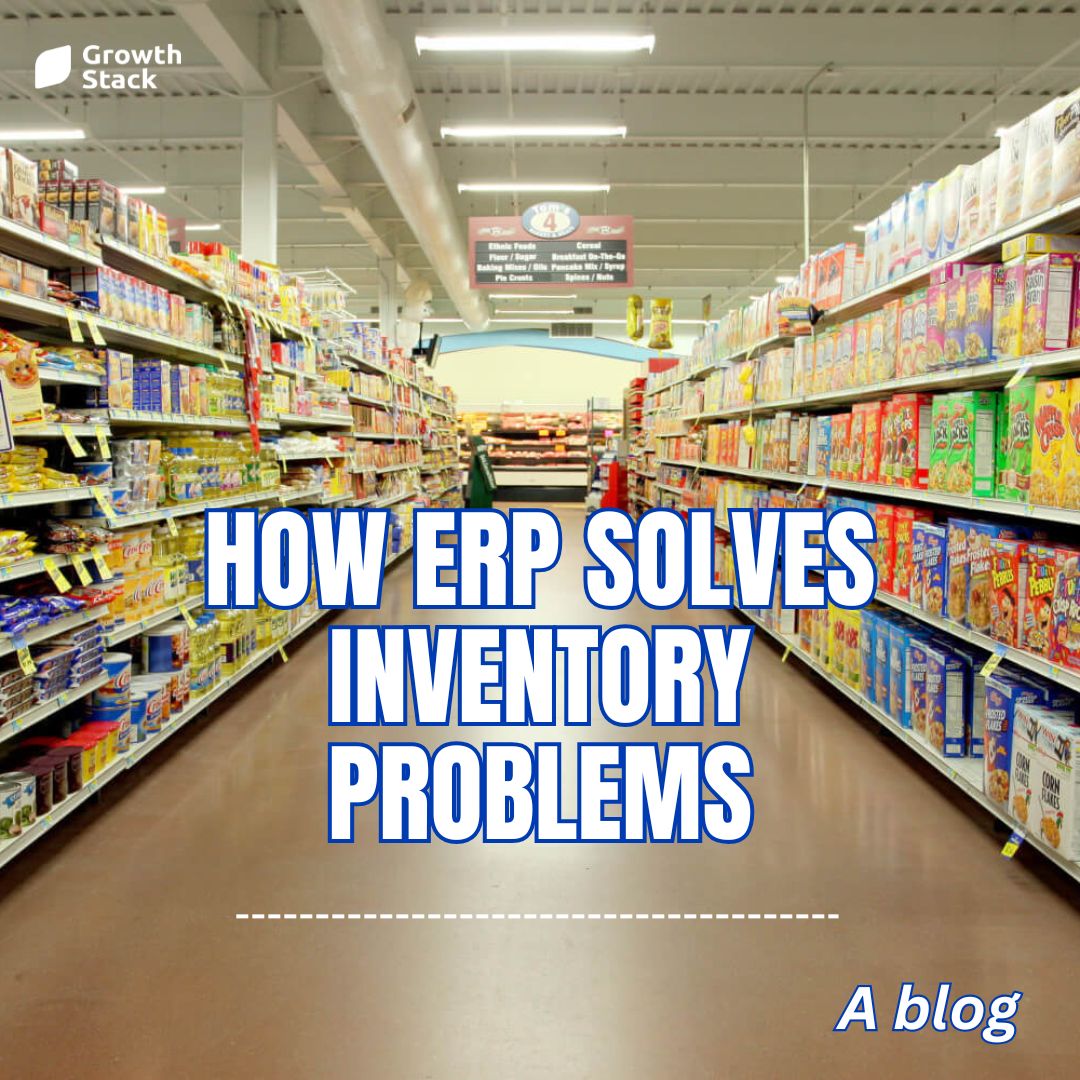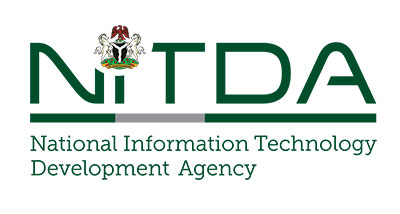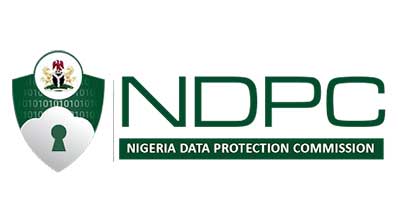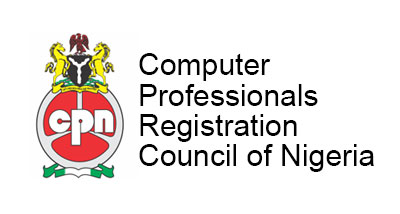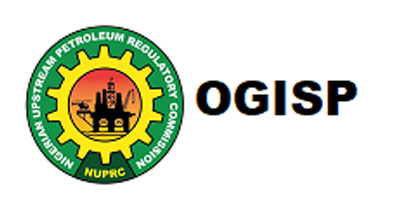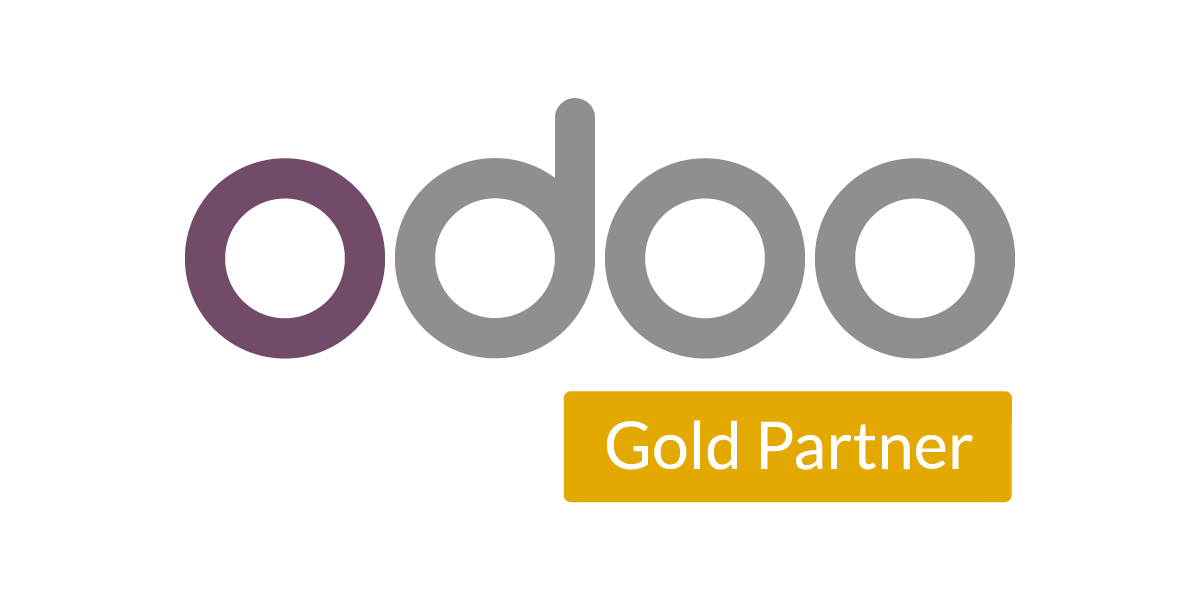Starting a new job can be difficult for both the new employee and the company onboarding them. The COVID-19 epidemic has exacerbated this stress. If you’ve hired a new employee in the last year, chances are you haven’t met them in person and they haven’t been able to visit the office.
COVID-19 has impacted numerous corporate activities, and it is now more necessary than ever to focus on business continuity. This entails making your staff feel at ease, especially those who are new to the company. Their perception of you as a company is shaped by their onboarding experience, and it might be the difference between a loyal, productive employee and one that quits before their probation time is over. So, how can you make an impression on your new hires?
Automate your staff onboarding process to be proactive.
To make onboarding a new employee as successful as possible, do everything you can to make it a pleasant and educational process. The four Cs, according to SHRM, should be followed:
Compliance: Employees should be taught the basics of legal and policy-related laws and regulations.
Clarification: Assuring that employees are aware of their new roles and the responsibilities that come with them.
Culture: Providing employees with a feeling of formal and informal organizational rules.
Connection: For new employees, building important interpersonal contacts and information networks is essential.
These four Cs must be met not only to guarantee that workers can get to work and meet your business’s needs as soon as possible, but also to help them feel at ease and satisfied in their new position. According to SHRM, there are three different approaches to onboarding:
Compliance is naturally included as part of formal onboarding in almost all organizations… However, neither Culture nor Connection are mentioned… If your company uses Passive Onboarding, also known as Level 1, onboarding is likely to be viewed as a checklist of unrelated duties that must be done. According to research, around 30% of firms operate at this level.
High Potential Onboarding (Level 2) is achieved when a firm’s formal onboarding methods have adequately covered compliance and explanation, and some culture and connection mechanisms have been established. The complete process has not yet been developed in a systematic way across the company in these organizations, which account for around half of all businesses.
Proactive Onboarding formally addresses all four Cs. At Level 3, your company is carefully organizing onboarding using a strategic human resource management approach. Only around 20% of businesses are able to reach this level.”
In today’s context, proactive onboarding will be difficult to achieve. Passive onboarding will most likely be a breeze for remote businesses. However, if new hires are working from home and have not had the opportunity to meet and interact with coworkers face to face, it will be difficult to establish culture and build ties. Strategic HR and onboarding processes can assist you in meeting standards, following best practices, and reaping the advantages.
